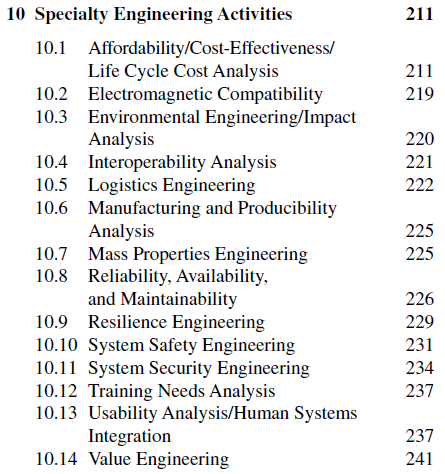The 737 is an excellent airplane with a long history of safe, efficient service. Boeing’s cockpit philosophy of direct pilot control and positive mechanical feedback represents excellent human factors. In the latest generation, the 737 Max, Boeing added a new component to the flight control system which deviated from this philosophy, resulting in two fatal crashes. This is a case study in the failure of human factors engineering and systems engineering.
The 737 Max and MCAS
You’ve certainly heard of the 737 Max, the fatal crashes in October 2018 and March 2019, and the Maneuvering Characteristics Augmentation System (MCAS) which has been cited as the culprit. Even if you’re already familiar, I highly recommend these two thorough and fascinating articles:
- Darryl Campbell at The Verge traces the market pressures and regulatory environment which led to the design of the Max, describes the cockpit activities leading up to each crash, and analyzes the information Boeing provided to pilots.
- Gregory Travis at IEEE Spectrum provides a thorough analysis of the technical design failures from the perspective of a software engineer along with an appropriately glib analysis of the business and regulatory environment.
Typically I’d caution against armchair analysis of an aviation incident until the final crash investigation report is in. However, given the availability of information on the design of the 737 Max, I think the engineering failures are clear even as the crash investigations continue.
Read More

